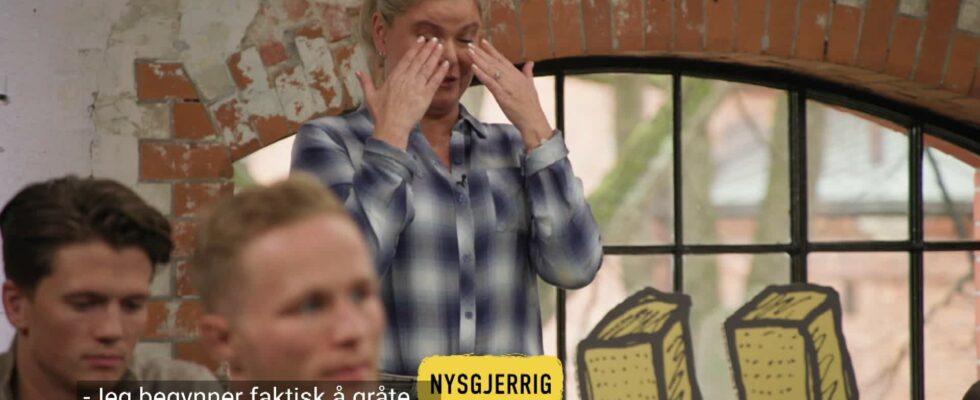– I never expected, and never thought, that it could happen that I was suddenly eleven-year-old Vendela again. The spelling competition triggered bad memories from school days. For years she tried to hide her dyslexia. Kirsebom experienced that she failed to perform when it mattered. She tells of laughter and condescending words both from fellow students and teachers. – It was very painful. A lot of stomach ache and headache. I got anxious about being put in situations where it became very clear that I couldn’t do anything, she says in Dagens on P1. Vendela Kirsebom hopes that the openness about the diagnosis can help others. Photo: Amanda Iversen Orlich / news After the episode came on the screen, she has received massive support. Many have sent her messages. – People who recognize themselves, people who have children in the same situation or who have been in that situation themselves, she says. The feedback has touched Kirsebom. Now she hopes her story can help others. Listen to the interview from Dagens here: – Not good enough 49 percent of those who have been diagnosed with dyslexia are diagnosed with it at secondary school or later. This is shown by a survey carried out by Norstat for Dyslexia Norway. – It is not good enough, says Astrid Kjelsnes. She is a special education adviser at Markaplassen secondary school in Trondheim. She works actively with young people and dyslexia. She herself also has the diagnosis. – We are concerned that the pupils should feel included in the classroom, so we screen pupils when they arrive. Using a program called Dysmate, students complete a test that lasts approximately 45 minutes. According to Kjelsnes, the figures they find are slightly higher than those Dyslexia Norway has arrived at. She says that most students experience it as a relief when they are diagnosed with dyslexia. Astrid Kjelsnes is also a central board member of SV. She believes there will be a higher number of dyslexics in the future. Photo: Anniken Sande / news I was touched – It makes me moved too. I am somehow moved by the fact that she shows such clear feelings about such an important topic, says Rita Lie. Lie is acting general secretary of Dyslexia Norway. She says that she meets many “little Vendelas” every single day. She praises Kirsebom for his openness. Dyslexia Norway estimates that five to seven percent of the population has dyslexia. – This means that there are children in all classrooms with specific reading and writing difficulties or dyslexia. So it is a very common difficulty, she says. Rita Lie in Dyslexia Norway believes that we still have a way to go to facilitate those with reading and writing difficulties in Norwegian schools. Photo: Dyslexia Norway Lie says that the offer for dyslexics today is good, but that it can still be much better. – We have 184 dyslexia-friendly schools. There are many people who focus on this, but it will be very good the day we get this laid down as a national standard. Published 05.09.2024, at 13.05 Updated 05.09.2024, at 14.43
ttn-69
Vendela Kirsebom opens up about her dyslexia after “Norway’s dumbest” on TV 2 – news Trøndelag – Local news, TV and radio

